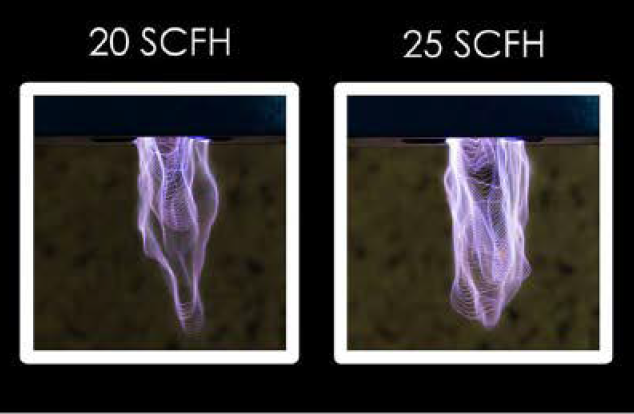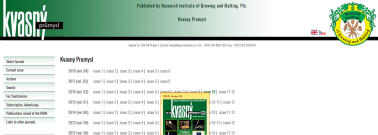The effect of low-temperature plasma discharge on mycotoxin content in barley and malt
DOI:
https://doi.org/10.18832/kp2019.65.158Keywords:
grains, detoxification, toxic metabolites, biological protection, plasma treatmentAbstract
This work deals with the possibility of elimination of common occuring mycotoxins deoxynivalenol (DON) and its plant metabolite deoxynivalenol-3-glucoside (D3G) from malting barley and malt by treatment of low-temperature plasma discharge. Barley seed was treated with a fungicide, entomopathogenic and mycoparasitic fungi and the low-temperature plasma discharge of Gliding Arc type, or their combination. Samples of harvested barley were treated with plasma discharge and analyzed for presence of mycotoxins. Only low DON and D3G concentration levels were detected (maximal values were 48.2 µg/kg and 30.2 µg/kg for DON and D3G, resp.), after plasma treatment mycotoxin content decreased onto the levels near limit of quantification. The results suggest that low-temperature Gliding Arc plasma discharge may contribute to reduction of the content of the mycotoxins in harvested barley grains.








